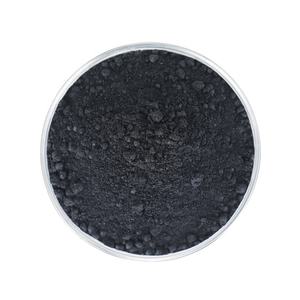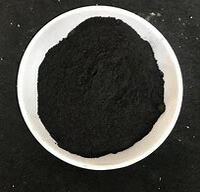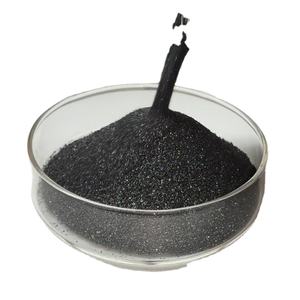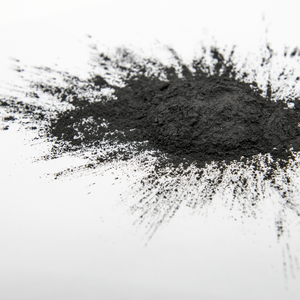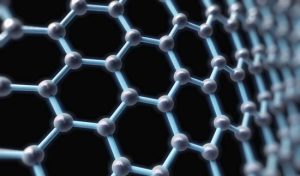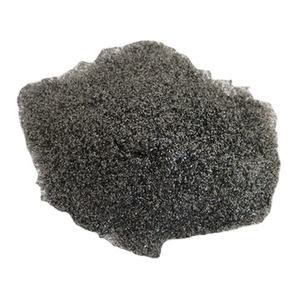Professional graphite material supplier, graphite for EV, grease, furnace and any other industries.
(What is the mechanism of lithium intercalation in graphite?)
Graphite has good conductivity, high crystallinity, and good layered structure. It is very suitable for repeated intercalation and deintercalation of lithium ions. It is currently the most widely used and most mature negative electrode material. After lithium ions are intercalated between the graphite layers, a lithium intercalation compound LixC6 (0≤x≤1) is formed, and the theoretical capacity can reach 372mAh/g (x=1). The reaction formula is: xLi++6C+xe-→LixC6
Lithium ion intercalation changes the stacking mode between graphite layers from ABAB to AAAA.
What is modified treatment of graphite?
Since the graphite interlayer spacing (d≤0.34nm) is smaller than the crystal plane interlayer spacing (0.37nm) of the graphite lithium intercalation compound LixC6, the graphite layer spacing changes during the charging and discharging process, which is easy to cause the graphite layer to peel off, pulverize, and also occur. Lithium ions and organic solvent molecules co-intercalate into the graphite layer and the organic solvent decomposes, thereby affecting the battery cycle performance.
Through graphite modification, such as oxidizing and coating polymer pyrolytic carbon on the surface of graphite, a composite graphite with a core-shell structure can be formed, which can improve the charge-discharge performance of graphite and increase the specific capacity.
What other anode materials are there?
At present, graphite is the mainstream commercial lithium battery negative electrode material. Its theoretical gram capacity is 372mAh/g. The graphite negative electrode material with better performance on the market can reach 360mAh/g, and the gram capacity gradually tends to the limit value. Although graphite as a negative electrode material has disadvantages such as low gram capacity and cyclability deviation, in view of the high cost performance of graphite-based negative electrode materials, it will not be replaced by new materials immediately. The specific reasons are as follows:
1. The new anode material technology is immature, and it will take a long time for performance improvement;
2. The price of new anode materials is higher, and the price advantage of graphite anodes is obvious;
3. The negative electrode material needs to be used in combination with the positive electrode material, electrolyte, etc., and the specific capacity of the current positive electrode material is generally low.
High quality graphite manufacturer
Luoyang Moon & Star New Energy Technology Co., LTD, founded on October 17, 2008, is a high-tech enterprise committed to the research and development, production, processing, sales and technical services of lithium ion battery anode materials. After more than 10 years of development, the company has gradually developed into a diversified product structure with natural graphite, artificial graphite, composite graphite, intermediate phase and other negative materials (silicon carbon materials, etc.). The products are widely used in high-end lithium ion digital, power and energy storage batteries.If you are looking for Lithium battery anode material,click on the needed products and send us an inquiry:sales@graphite-corp.com
(What is the mechanism of lithium intercalation in graphite?)

